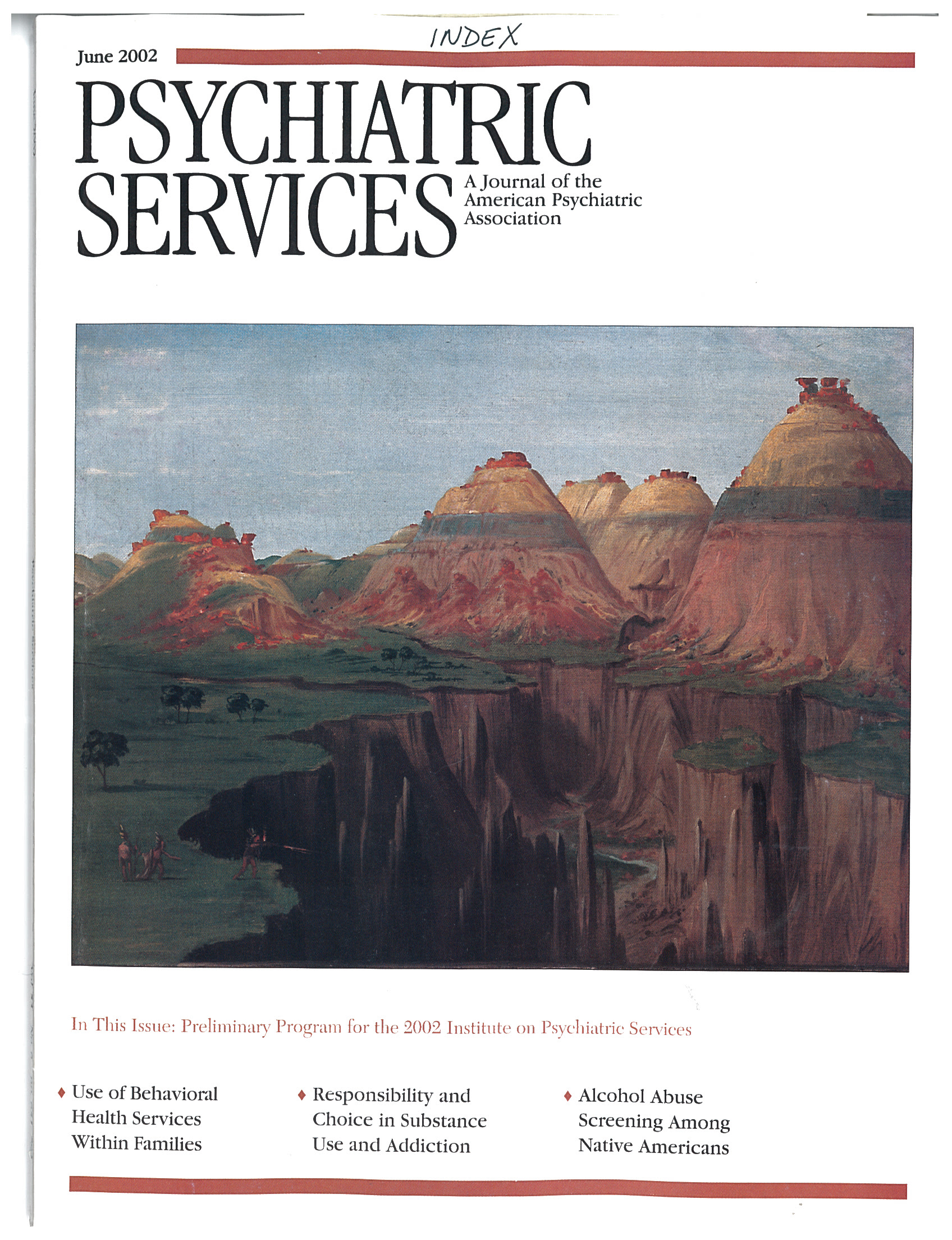This book largely meets the expansive goals of its editors and serves its readers well. It is unique in bringing together experts from three domains in the field of violence against women: advocates, researchers, and policy makers.
The Sourcebook on Violence Against Women is comprehensive in several ways. It addresses theory about the roots of violence, types of violence, special populations, research issues, program efficacy for victim and perpetrator, public policy, criminal justice, and prevention. This book seeks, through education, to improve the way violence against women is addressed, prosecuted, and prevented.
The consistency of the chapters, in both form and quality, is high. The book is organized into four parts: theoretical and methodological issues in research on violence against women, prevention, direct intervention, and emerging issues. Several excellent chapters explore research in the field and how issues of definition and measurement affect outcome. Cogent and relevant for anyone who has ever raised an eyebrow at the results of a study, the information on research serves the future researcher as well as the discerning, experienced reader.
In chapters on the impact of violence, many previously overlooked populations are discussed, notably women with disabilities, elderly women, women of color, immigrant women, and lesbians. Cultural competence is clearly a value informing this volume. There is an excellent discussion of the "tripartite discrimination of misogyny, racism, and xenophobia" in the experience of immigrant women. The error of merging ethnic groups into broad categories such as "Latina" or "Asian" is demonstrated. When these broad categories are broken down into more specific ethnic groups, a very different picture emerges.
True to the editors' wish to raise awareness, the multicultural perspective both within the United States and elsewhere gave me a larger perspective from which to work. Although reading about female infanticide in China is painful, the reader is diverted from despair with the subsequent discussion of political, therapeutic, and social action responses.
Although comprehensive and diverse, the book reads well from beginning to end. Established information is included, often challenged or confirmed by newer studies. Programs are closely examined for their effectiveness, the cultural competence they demonstrate, and how they interact with other programs, researchers, and public policy makers.
Overall, I was impressed with the depth and breadth of the Sourcebook. The articles do not do the work of integrating different fields for us, but they move us in that direction as they broaden our perspective in an exciting and useful way. Although the writing style makes the text quite accessible, the extensive use of academic citations and some jargon make this book seem better suited to people in the fields of human service, advocacy, research, criminal justice, and public policy than to a general audience, as the introduction suggests. I recommend the Sourcebook to all professionals in the field who wish to update and expand their knowledge with a stimulating, comprehensive text.

